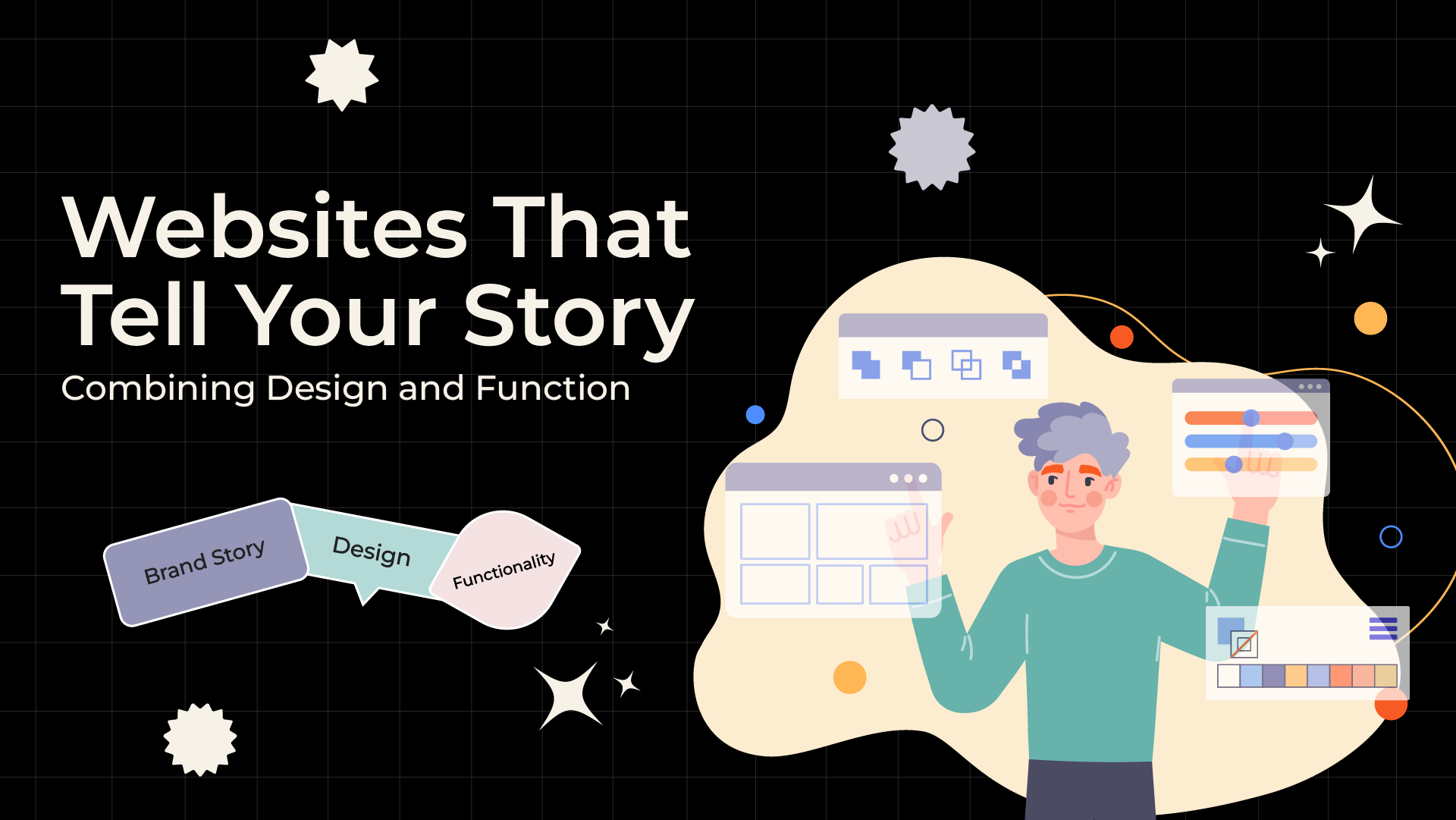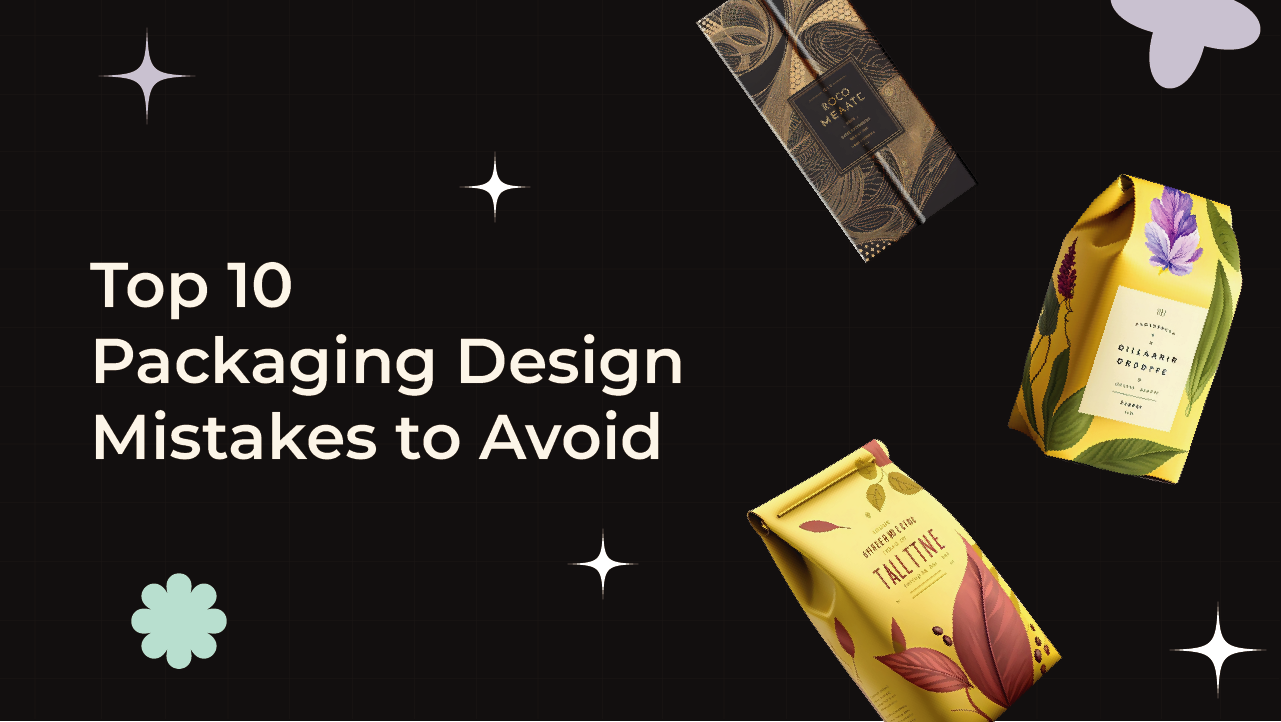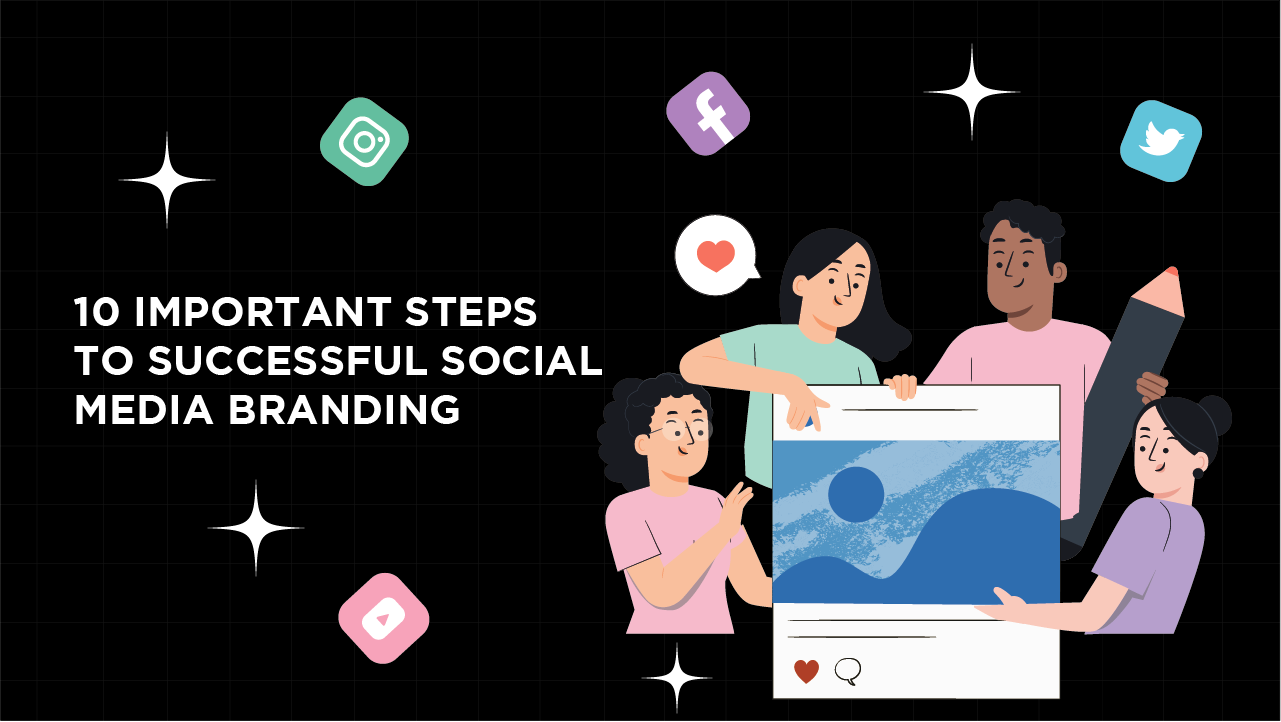Design projects can be a bumpy ride, with clashes and misunderstandings between the client and designer being a common occurrence. As a designer, you may have come across popular meme that portrays the love-hate relationship between the client and designer. However, Seth Godin has categorized this relationship into four different types, each with its own set of challenges.
Relationship Types
- The first type is when the client knows exactly what they want. This is an ideal scenario as the client communicates their expectations clearly and provides all the necessary resources to the designer.
- The second type is when the client knows what they rhyme with. Where the client comes in with design inspiration from other works and values efficiency over originality. The designer attempts to replicate the client’s anticipated influences in this scenario.
- The third type is when the client accepts that they are not an expert but is clear about the outcomes. Here, the client recognizes that the designer is the expert and trusts them to do their job. The client is aware of the expected state change in the results of the design, such as trust, desire, confidence, and so on.
- The fourth type is when the client relies on the designer to deliver designs in their heads. In this scenario, the client expects the designer to understand what they want without any input. However, this type of relationship can be risky as it involves no communication, which wastes time, money, and effort.
Common Issues
Some common issues that arise from the client’s point of view include the designer being unwilling to accept feedback or iterations. The designer charging an exorbitant fee, and the designer not understanding them. From the designer’s point of view, the client may wish to dictate the design, set unreasonable deadlines, or believe that design should be less expensive. These issues arise from a lack of understanding of the design process, poor matching, and a lack of trust and communication.
To resolve these issues, it is crucial to recognize what a designer does. The designer must invest both time and money to complete the final work. nd when the client understands the designer’s process and work, the deadline and cost expectations will be reasonable for both parties. The designer should also try to empathize with the client and understand their needs and goals. The client may have specific concerns, such as budget or time constraints, and once the designer is aware of them, they can respond appropriately.
Maintaining healthy and collaborative relationship between a designer and a client is essential for success of any design project. Issues may arise when there is a lack of understanding, trust, and communication between the two parties. Resulting in frustration and potential project failure. However, there are solutions to these problems that can help maintain a positive client-designer relationship:
Solutions
- Matching expectations is also important as not every client is a good match for every designer, and vice versa. You should be picky about the type of relationship that is right for you. Trust is essential for developing a successful final design, and it can be built from the beginning of the relationship. Meeting someone new, whether a designer or a client, can be intimidating, but it’s essential to understand the client’s point of view and create a Persona.
- Recognize what a designer does: It’s essential for clients to understand that UX/UI. Designers invest both time and money to complete the final work. When clients understand the designer’s process and work, their deadline and cost expectations will be reasonable for both parties.
- Empathize with the client: Designers should try to understand the client’s needs and goals. The client may have specific concerns, such as budget or time constraints, and once the designer is aware of them, they can respond appropriately.
- Feedback exchange is also vital for resolving misunderstandings and assumptions in previous conversations. Open communication is essential for making the process run more smoothly and efficiently. The designer’s goal should be to strike a balance between their expertise and the incorporation of the client’s needs/opinions in the product design. The client should come with clear guidelines and an understanding of the design process to respect the craft and have the right demands.
- Arrange meetups: Trust is essential for developing a successful final design. And it can be built from the beginning of the relationship. The designer can understand the client’s point of view and create a persona by being present and understanding the context.
Ultimately, the designer’s goal should be to strike a balance between their expertise. And the incorporation of the client’s needs/opinions in the product design. To respect the craft and have the right demands, the client should come with clear guidelines and an understanding of the design process. Both parties must fulfil their responsibilities to maintain a cordial and collaborative relationship.
At Doodlo Design, we have established strong relationships between our clients and designers to deliver compelling digital products. To learn more, visit us at https://www.doodlodesigns.com/




